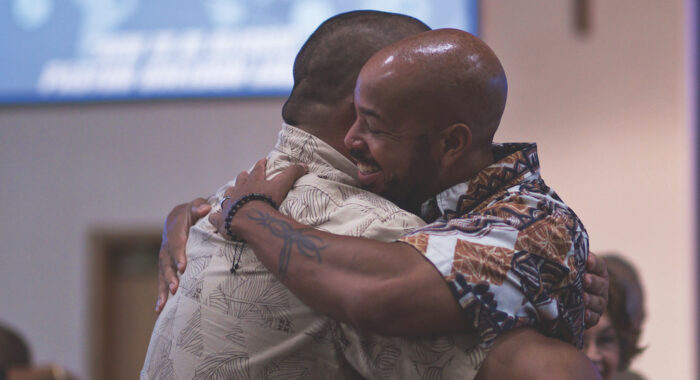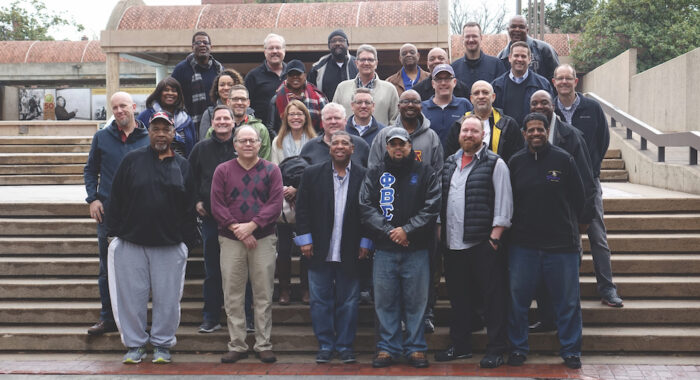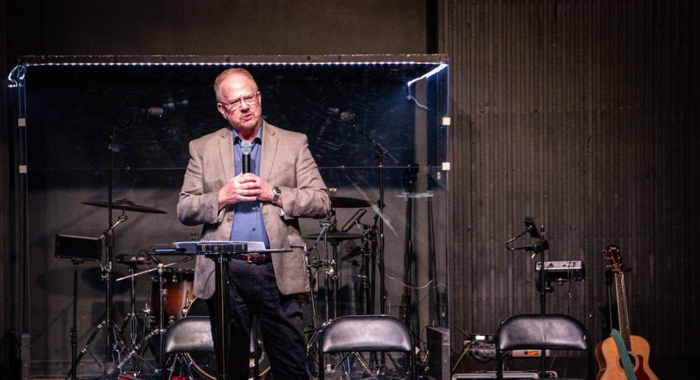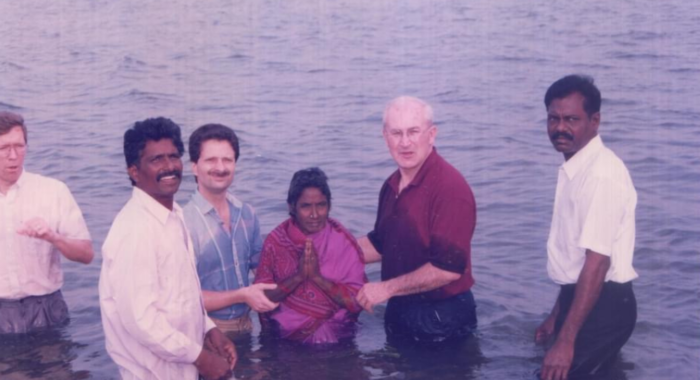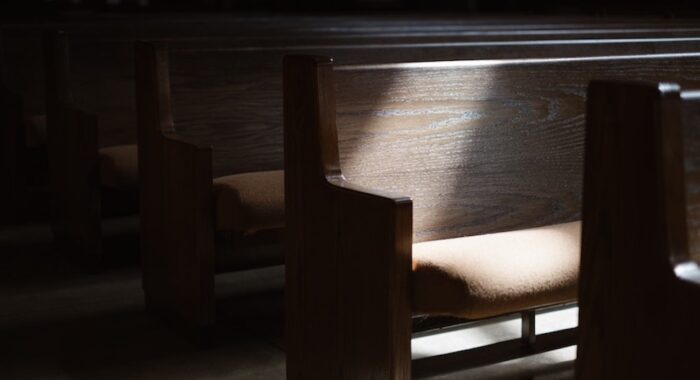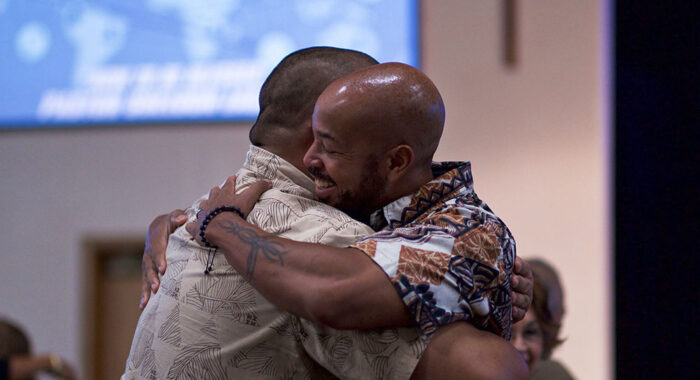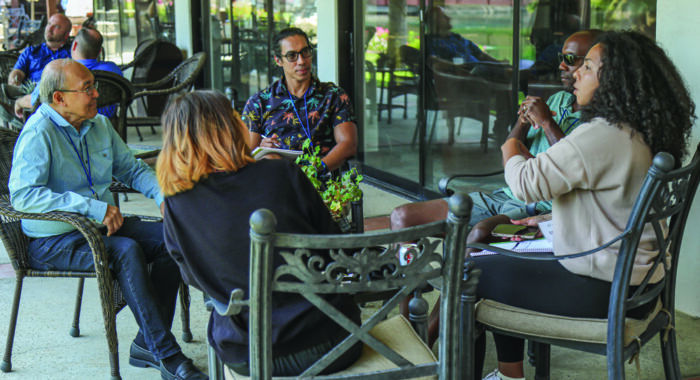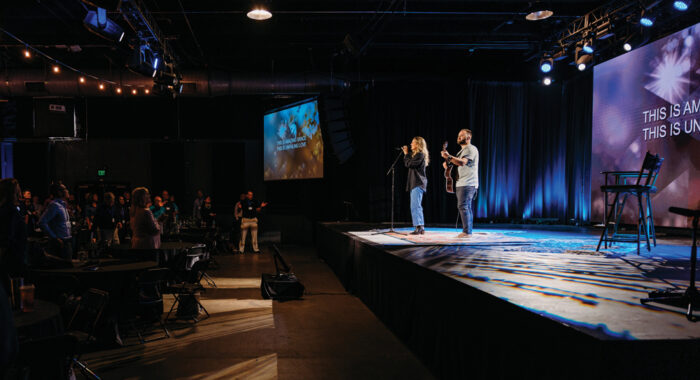Paul Jorgensen has served as lead teaching pastor at Cornerstone Church in Litchfield, Minnesota, since 2010. Prior to this he and his wife, Sharon, were church planters with WorldVenture in Austria. Jorgensen helped found the Grow Conference, a training event for pastors of rural churches.

American rural counties include 46.2 million people, or 15 percent of the U.S. population. We can all learn a lot from what God is doing in rural America, as well as how to best support churches and pastors in these areas.
In this podcast, which is part of our Everything You Need to Know About Pastoring series, NAE President Leith Anderson talks with Paul Jorgensen and Martin Allen, pastors at Cornerstone Church in Litchfield, Minnesota, about the ins and outs of rural church ministry, including:
- How the particularities of rural culture impact how rural churches operate;
- The unique challenges that pastors of rural churches face;
- Examples of programs and initiatives that work well in rural contexts; and
- How rural churches can attract excellent pastors.
Read a Portion of the Transcript
Leith: Paul, as the lead pastor, how do you determine whether the church is healthy? … How do you sort out health from numerical size and growth? Maybe it’s impossible to completely do it. But what’s your take on that?
Paul: Well, it’s interesting. I’m sitting here, and I’m looking at a white board that has a list of indicators and then spiritual health in a separate column, because we were talking about this very thing. We have some indicators we like to use — obviously attendance is one of them. We kind of refer to it as the Big Three. We didn’t make this up; we learned it from someone else.
First of all, regular attendance at worship services and inviting friends to the services. That’s going to be a mark of health. Secondly, being in a group. If somebody chooses to be in a small group, they’re certainly doing something that can help with spiritual health. And then thirdly, if they’re choosing to serve in some capacity and to give in some capacity. Those are marks of health.
But in addition to that, there are some other things. These are more ambiguous, but I think they’re part of it as well. How do people respond to initiatives? I’ll give you an example. We’re going to be having a day coming where we’re calling people to — whatever town they live in — spend 45 minutes to an hour just walking together on the streets of their community and praying for their town. Well, if people respond well to that initiative, that’s a sign of growth.
I think consistency in their lives. Holy living. Again, we’re in a small town, so there aren’t a lot of secrets. And you kind of know what’s going on in people’s lives. Balance. Are they finding ways to lead balanced lives? Something as simple as, how many calls do we get in a week with people saying they need counseling? Those kind of things are all indicators of health. How we handle conflict? How we interact with each other when we disagree with each other? I think those are things that point to spiritual health.
Share the Love
If you enjoyed the program, please rate it on iTunes and write a brief review. That will help get the word out and raise the visibility of the show.
Relevant Links/Resources
- Grow! Conference
- Evangelicals Magazine on The Thriving Rural Church
- “Everything You Need to Know About Pastoring” Podcast Series: Small Churches
Today’s Conversation is brought to you by Belhaven University.



 View All Podcasts
View All Podcasts 












